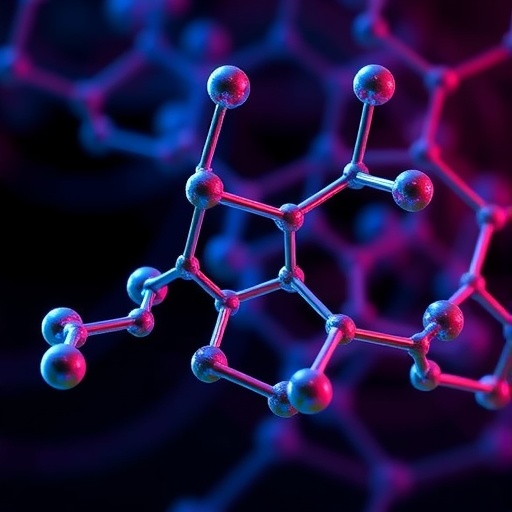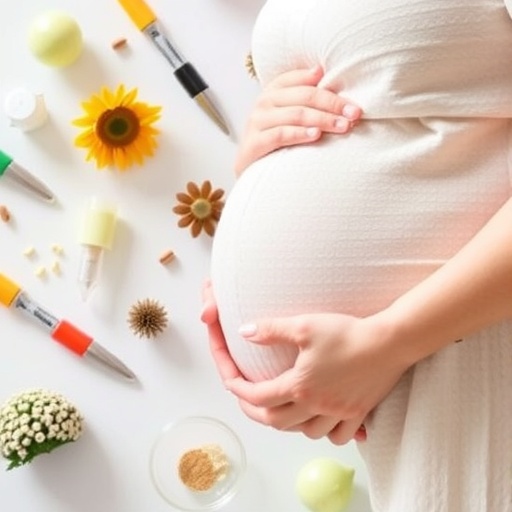Ultrafine Bubble Showers Show Promise Against Atopic Dermatitis in Mice
The study, led by graduate student Ayaki Matsumoto and Associate Professor Hisayoshi Imanishi, rigorously examined the effects of ultrafine bubbles on skewed skin conditions in a controlled medical experiment. These bubbles, which are smaller than typical soap and water solutions, penetrate the skin’s surface to provide a unique, gentle cleansing mechanism. The results were compelling; the research indicated that regular showers provided some minor benefits, yet the ultrafine bubble showers delivered a far more pronounced decrease in skin inflammation.
During the testing process, the researchers noted that mice suffering from atopic dermatitis induced by external allergens exhibited significant improvement when subjected to ultrafine bubble showers. Remarkably, these findings highlight the therapeutic potential of utilizing bubbles as a medium to deliver hydrating and protective properties to the skin. The treated mice showed reduced inflammation, and their skin demonstrated an increase in the levels of crucial proteins that form a protective barrier against environmental factors.
Conversely, the study revealed that mice with atopic dermatitis caused by genetic mutations did not exhibit notable improvement, even when exposed to the ultrafine bubble showers. These findings emphasize the complex nature of atopic dermatitis and the need for further research to conclusively determine the treatment’s applicability across various underlying causes of the condition.
The implications of this study stretch beyond just laboratory conditions, offering hope to millions who suffer from this distressing skin disorder. Atopic dermatitis affects individuals’ quality of life significantly, leading to discomfort and emotional distress. The prospect of a non-invasive treatment utilizing the simplicity of water, enhanced by ultrafine bubbles, gives optimism for future therapeutic strategies.
Graduate student Matsumoto emphasized the necessity for ongoing research, stressing that while the results were promising, the current study was based on a relatively short treatment timeline of one to two weeks. The experiment’s duration raises questions regarding the long-term effectiveness and practical application of ultrafine bubble showers in human subjects. Matsumoto highlighted the imperative to conduct further longitudinal studies to gauge the potential cumulative benefits of this novel treatment approach.
Professor Imanishi added that rigorous clinical trials involving human patients are essential to substantiate these initial findings. By extending the therapy duration and broadening the study population, they aim to explore the effectiveness and safety of using ultrafine bubble showers for treating not only atopic dermatitis but possibly other skin disorders as well. This future research could pave the way for clinically-approved dermatological treatments that harness the power of ultrafine bubble technology.
The findings of this comprehensive study were published in the well-regarded journal, Frontiers in Immunology. The research opens a new horizon in dermatological care, suggesting that alternative cleansing methods could enhance treatment regimens for common skin disorders. As the medical community continues to search for effective, non-invasive treatments, the potential of ultrafine bubble showers presents a landmark opportunity.
Researchers are encouraging further investment into the exploration of ultrasonic technologies in dermatology, as they might hold the key to unlocking new treatment possibilities. This pivot to less conventional methods could transform current practices in skin health maintenance and disease management, highlighting the need for an interdisciplinary approach in medical research.
With atopic dermatitis cases on the rise across various populations, the urgency for innovative treatments is palpable. The convergence of established medical practices with novel technologies like ultrafine bubbles could lead to breakthroughs that are both beneficial and practical. As further studies unfold, there lies a hope that the soothing embrace of ultrasonic therapy will not only bring relief to countless sufferers but also redefine our approach to skincare.
In summary, the Osaka Metropolitan University research team has ignited a flame of curiosity and excitement within the medical and scientific communities. Their findings on ultrafine bubble showers suggest a promising avenue for advancing treatment protocols, fostering an era where innovative solutions may replace more traditional, often invasive procedures. As we wait for the next stages of research, it is prudent to remain hopeful that scientific inquiry continues to illuminate paths towards healing for those afflicted by atopic dermatitis and other challenging skin conditions.
Subject of Research: Animals
Article Title: Beneficial effects of ultrafine bubble shower on a mouse model of atopic dermatitis
News Publication Date: 26-Dec-2024
Web References: http://dx.doi.org/10.3389/fimmu.2024.1483000
References: Frontiers in Immunology
Image Credits: Credit: Osaka Metropolitan University
Keywords: ultrafine bubbles, atopic dermatitis, dermatology, research, Osaka Metropolitan University, skin treatments, inflammation, mice, medical technology, therapeutic strategies.
Tags: atopic dermatitis treatmentdermatological research advancementsenvironmental irritants and allergensfuture of dermatological therapiesgentle cleansing mechanismsinnovative cleansing methods for skinmedical applications of bubble technologymice model for skin conditionsOsaka Metropolitan University studyskin inflammation reductiontherapeutic potential of ultrafine bubblesultrafine bubble technology





